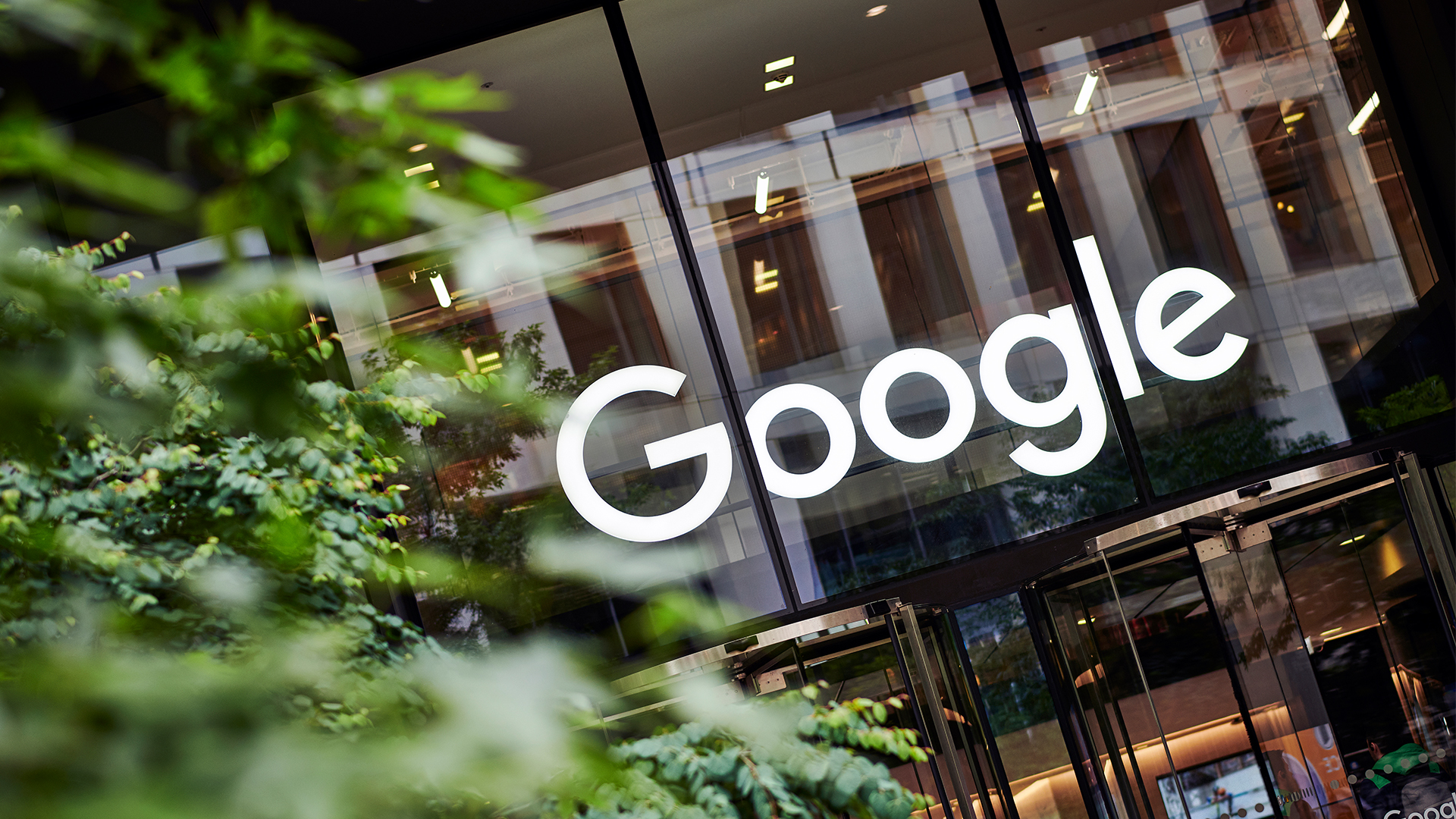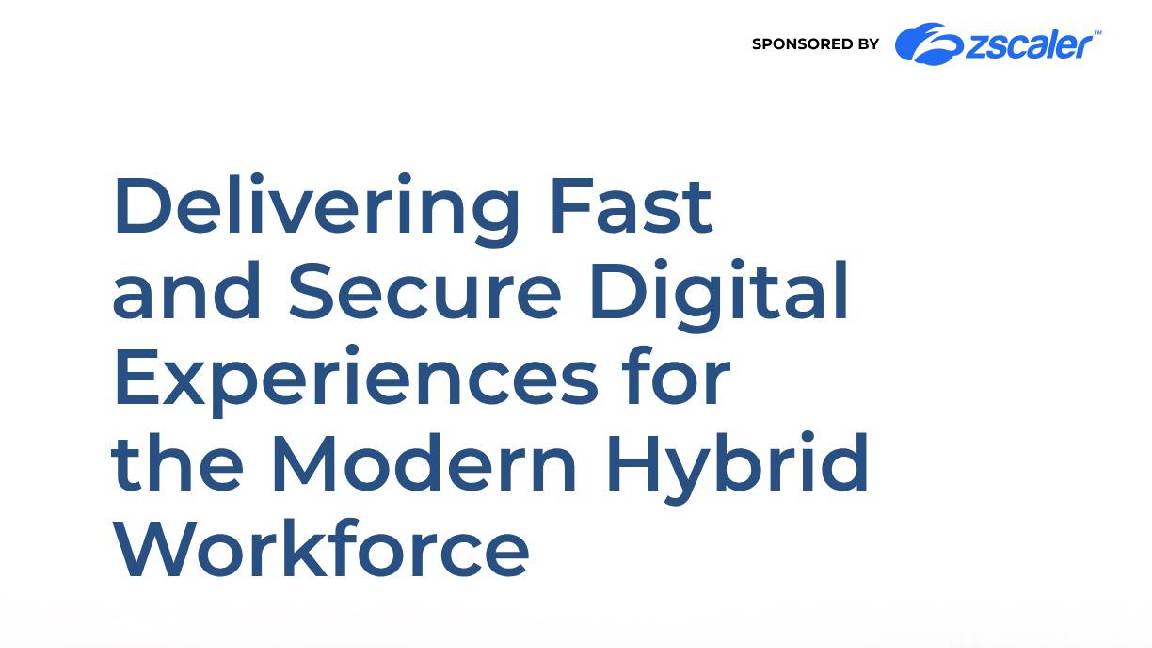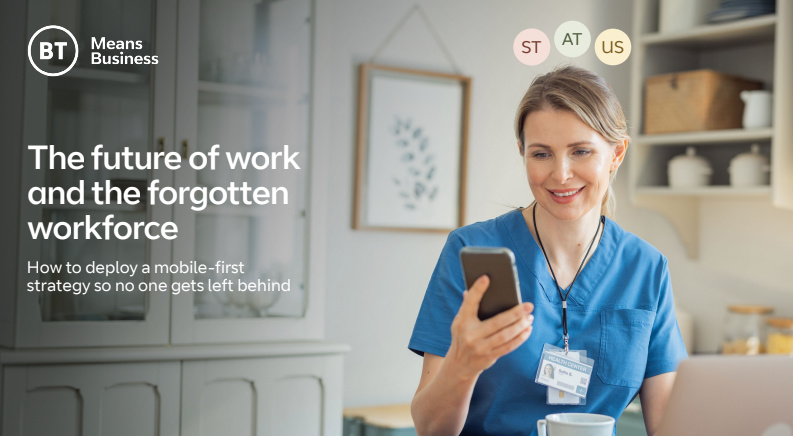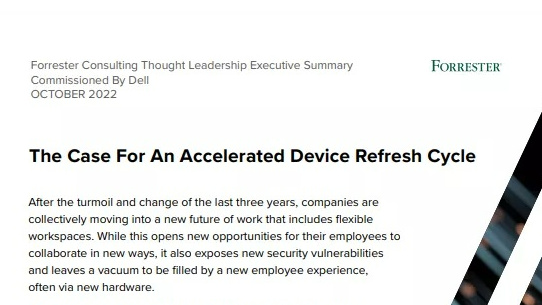Microsoft and Dropbox partner over Office integration
Could OneDrive be taking a backseat, as Microsoft and Dropbox confirm collaboration?


Update: The planned integration of Dropbox and Microsoft Office's respective online service rolled out today. Users of Dropbox's web app can now directly edit Word, Powerpoint and Excel files via Office Online, without having to launch any separate applications. Similarly, anyone creating or editing documents in Microsoft's Office Online suite of web apps can save them directly into their linked Dropbox account with no further hassle.
All users of either service will have access to this functionality, whether or not they're subscribers. Some have questioned the wisdom of this decision, given that Dropbox is a direct competitor to Microsoft's own OneDrive service. However, it remains to be seen whether or not the partnership will continue beyond this.
Dropbox and Microsoft have teamed up to allow Office users to store and share documents in Dropbox’s cloud storage service.
The deal means Dropbox users will be able to access files directly from Office apps and edit documents via the Dropbox app.
In a blog post, Ilya Fushman, head of product, business and mobile at Dropbox, said the company was already home to 35 billion documents, spreadsheets, and presentations. Prior to the integration, Dropbox users could only preview these documents. The integration means that users will now be able to edit files without switching services.
“With this partnership, we’re bringing the magic of the Dropbox and Office desktop experiences to mobile and the web,” said Fushman. “What does that mean for you? In short: boundless productivity. You’ll be able to edit Office documents right from your Dropbox mobile app, and access your Dropbox from within your Office apps.”
Users will be able to edit files directly from the Dropbox mobile app, with changes syncing automatically across all devices. Users can access Dropbox files from the Office mobile and web apps, and save new files to Dropbox right from the Microsoft apps as well.
Get the ITPro daily newsletter
Sign up today and you will receive a free copy of our Future Focus 2025 report - the leading guidance on AI, cybersecurity and other IT challenges as per 700+ senior executives
New or edited files can be shared from within Office apps using Dropbox’s sharing functionality, without any extra steps between finishing a document and sending it off to colleagues, Fushman added.
An updated version of both mobile apps will roll out “in the next few weeks,” with the firms adding integration between the Dropbox website and Office Online sometime next year.
The deal covers Office on the iPhone, as well as the iPad and Android versions. A Dropbox app for Windows Phone and Windows tablet users is promised in the coming months.
He confirmed that Dropbox for Business customers with Office 365 licenses will soon be able to take advantage of these new features.
Stuart Cochran, chief technology officer at cloud file collaboration vendor Huddle, said the partnership was a sign that “standalone file sync and share tools have become increasingly commoditised and are now becoming features of wider productivity tools”.
“Although the partnership sees Dropbox start to shift into the enterprise collaboration space, simply combining editing plus sync capabilities does not equal a collaboration service,” he added.
This article was originally published on 5/11/2015. It was updated on 9/04/2015 to reflect new release information.
Rene Millman is a freelance writer and broadcaster who covers cybersecurity, AI, IoT, and the cloud. He also works as a contributing analyst at GigaOm and has previously worked as an analyst for Gartner covering the infrastructure market. He has made numerous television appearances to give his views and expertise on technology trends and companies that affect and shape our lives. You can follow Rene Millman on Twitter.
-
 The Race Is On for Higher Ed to Adapt: Equity in Hyflex Learning
The Race Is On for Higher Ed to Adapt: Equity in Hyflex LearningBy ITPro
-
 Google faces 'first of its kind' class action for search ads overcharging in UK
Google faces 'first of its kind' class action for search ads overcharging in UKNews Google faces a "first of its kind" £5 billion lawsuit in the UK over accusations it has a monopoly in digital advertising that allows it to overcharge customers.
By Nicole Kobie
-
 'Digital hide-and-seek': Workers are wasting hundreds of hours a year sourcing the information they need to carry out their role
'Digital hide-and-seek': Workers are wasting hundreds of hours a year sourcing the information they need to carry out their roleNews Knowledge workers globally are wasting a quarter of their working week tracking down information, new research from Atlassian has revealed.
By George Fitzmaurice
-
 Untethered: How CIOs and CISOs are paving the way for the new hybrid workforce
Untethered: How CIOs and CISOs are paving the way for the new hybrid workforceWhitepaper Effective techniques to transition from exposed legacy infrastructure to an effective zero trust strategy
By ITPro
-
 Unlocking the power of your digital services
Unlocking the power of your digital servicesSponsored Businesses have invested significant cash into technology since COVID-19, but are they really getting their money's worth?
By ITPro
-
 Delivering fast and secure digital experiences for the modern hybrid workforce
Delivering fast and secure digital experiences for the modern hybrid workforceWhitepaper A new approach to digital experience monitoring that can monitor the health of all systems
By ITPro
-
 Collaboration is the glue that holds your business together
Collaboration is the glue that holds your business togetherSPONSORED A combination of productivity tools and cloud telephony can enable the best from your workforce
By ITPro
-
 The future of work and the forgotten workforce
The future of work and the forgotten workforcewhitepaper How to deploy a mobile-first strategy so no one gets left behind
By ITPro
-
 The case for an accelerated device refresh cycle
The case for an accelerated device refresh cycleWhitepaper Achieving a more cost-effective device lifecycle overall
By ITPro
-
 Employees are choosing how they work
Employees are choosing how they workWhitepaper And with the right secure digital strategy, this could be a great thing for your business: today and far into the future
By ITPro